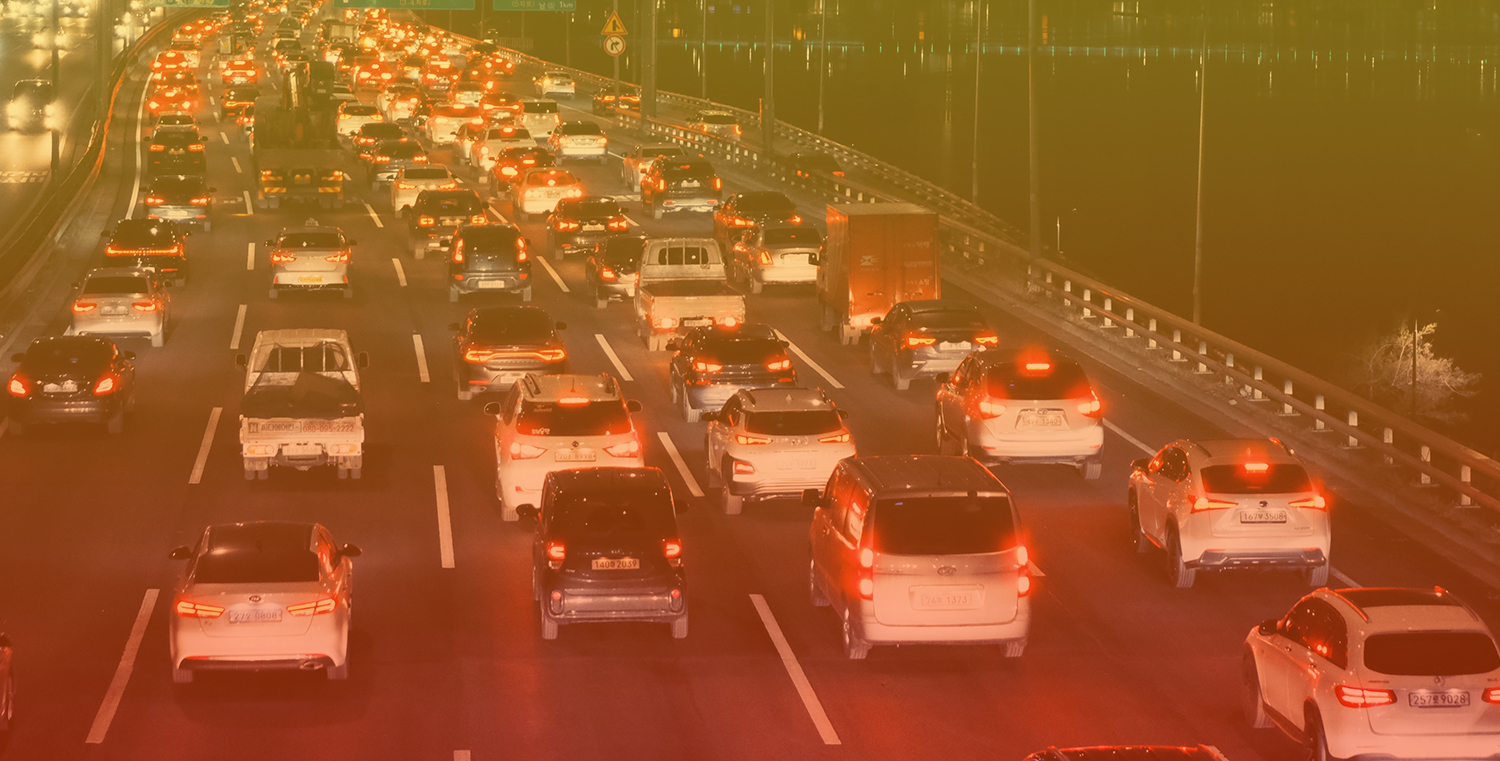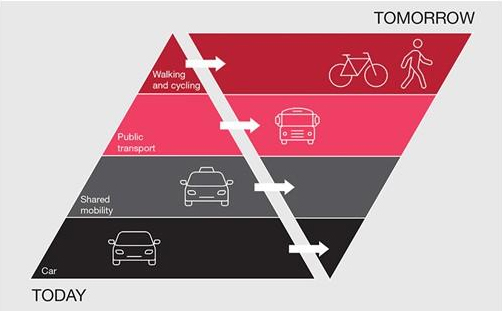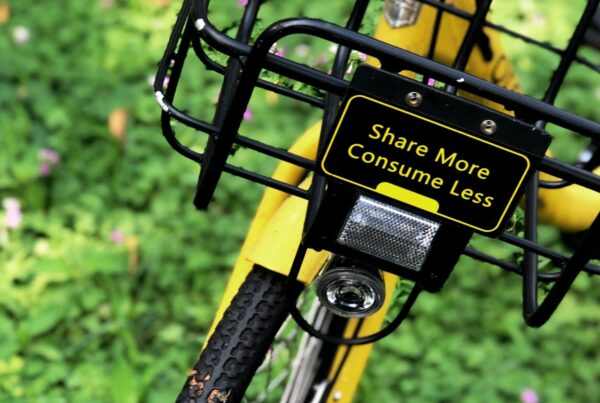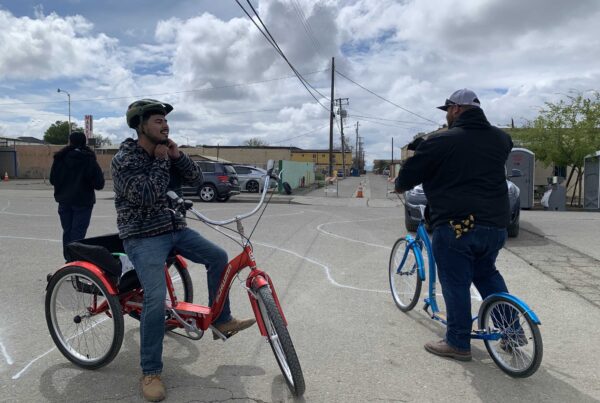 The first time the US passed a sizable infrastructure bill was in 1956 with the Federal-Aid Highway Act. Heavily touted by President Eisenhower, the bill created a 41,000-mile “National System of Interstate and Defense Highways” that would, according to Eisenhower, eliminate unsafe roads, inefficient routes, traffic jams, and all of the other things that got in the way of “speedy, safe transcontinental travel.”
The first time the US passed a sizable infrastructure bill was in 1956 with the Federal-Aid Highway Act. Heavily touted by President Eisenhower, the bill created a 41,000-mile “National System of Interstate and Defense Highways” that would, according to Eisenhower, eliminate unsafe roads, inefficient routes, traffic jams, and all of the other things that got in the way of “speedy, safe transcontinental travel.”
It was inequitable and unsustainable then, and it is inequitable and unsustainable now. In the 70 years since the Act, highways have ripped apart Black communities and made carbon emissions from gas-powered vehicles the #1 source of greenhouse gas emissions in the nation. Highways were run through urban communities already decimated by redlining, exclusionary suburbs were enabled, and car dependency was born. Climate change was created by these patterns. The climate change battle is being lost, with low-income communities and people of color facing the greatest risks from pollution and climate change.
We have an opportunity to begin to fix this trespass against equity and sustainability. The infrastructure bill is noteworthy in showing that Democrats and Republicans can work together to pass legislation that benefits society, proving the value of government programs as a whole. But that is not enough. All forms of shared mobility must be prioritized as a key climate mitigation strategy.
The infrastructure bill provides more money for trains and transit, but it does not go far enough. President Biden’s August 6 goal (not mandate, mind you) that 50% of all new car sales will be electric by 2030 is not enough. While the future of the car industry may be electric, the future of our planet is not. The U.S. transportation sector needs to reduce carbon emissions by 43% by 2030 in order to align with 1.5°C climate goals—requiring by one estimate that we put 70 million EVs on the road and reduce per-capita vehicle miles traveled (VMT) by 20% in the next nine years.
It is not enough that we have no national plans to phase out, ban, or otherwise limit the use of existing gas-powered vehicles. Any action is up to the states and automotive companies, a few of the largest having announced plans to “phase out petroleum-powered cars by 2035”. All of this takes time we do not have.
If the cold war was an existential threat to the US, the climate crisis is an existential threat to the planet and all humanity. An existential threat demands an urgent response. This is a numbers game. Not a partisan issue. Not a religious issue. It is our collective future.
This is what we must do to avert the climate crisis and address the equity crisis:
- DRIVE LESS
- Increase funding for public transit in all areas, rural, suburban, and urban
- Develop a mandatory GHG performance measure for all road projects
- Harness technology to break down silos between modes, sectors, and providers and reduce barriers between services to create a universal mobility system across the United States
- Orient streets and mobility hubs and land use patterns to optimize shared uses
Our vision isn’t sacrifice. It’s an integrated network of mobility options that provide mobility justice and access for all, eliminate the burden of private vehicles, and allow us to cut carbon emissions to the amount needed to save us all.
Let’s turn the 1956 transportation model on its head!
“Inverting the Transport Pyramid in the GCC”, Source: Strategy& https://tomorrow.city/a/smart-cities-to-the-hyperloop-this-region-is-investing-in-a-tech-led




